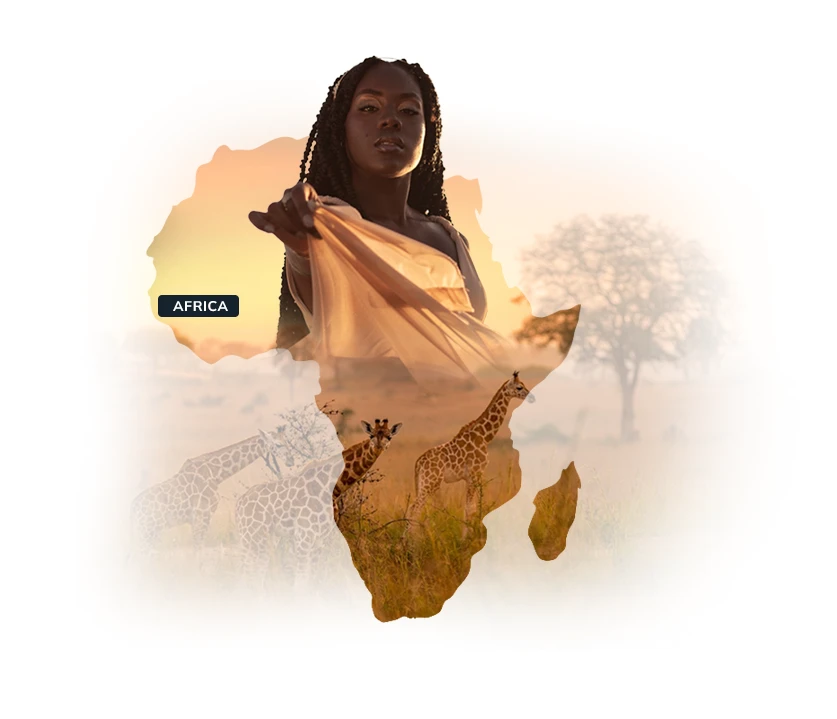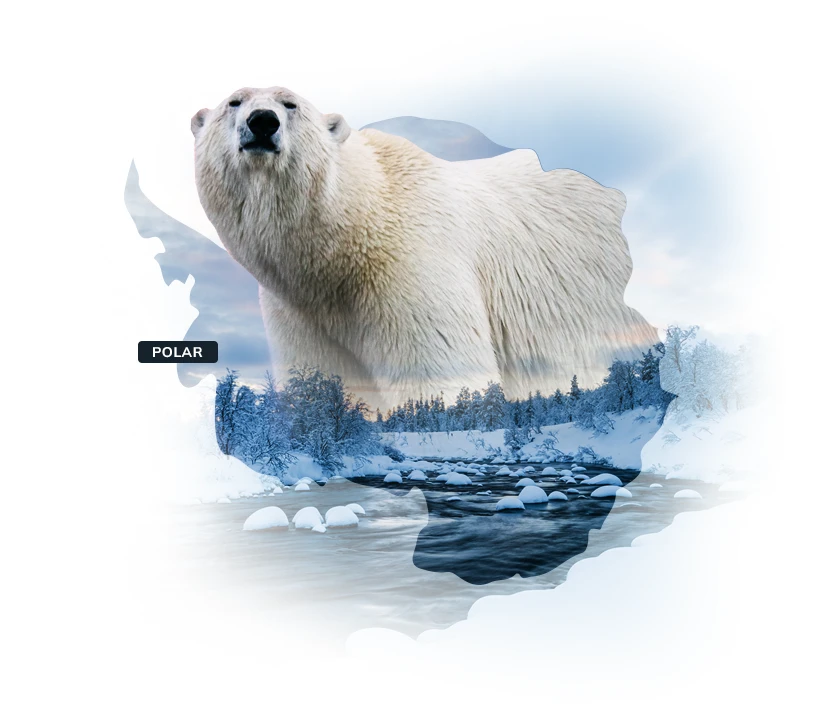Luxury Ecuadorian Amazonia Holidays
Plan My TripA saturated pocket of rainforest, Andean slopes extend into impenetrable green, interrupted only by rivers overflowing with life
 Take in the views over the Amazon on an Anakonda Amazon Cruise
Take in the views over the Amazon on an Anakonda Amazon Cruise
Ecuador contains only 2% of the entire Amazon, and the wildlife here is miraculously concentrated. The north-east of the country is where the slopes of the Andes, the Equator, and the Amazon rainforest converge. This unique natural setting is known as the ‘core area’ of the rainforest.
A country famous for its remarkable biodiversity, most flock straight to the prolific Galapagos. Yet by a 30 minute flight or a road-trip from Quito, the pristine pocket of the Amazon rainforest in Ecuador is never too far away.
With El Coca as a gateway into the Amazon, set sail up the Rio Napo and watch as the river banks burst with green. Headed towards Yasuní National Park, journey into the upper Amazon river basin, into thousands of hectares of protected and productive land.
Yasuní was designated by UNESCO as a ‘world biosphere reserve’ in 1989. The enormous bosque protegido (protected forest), and the colourful array of creatures which inhabit it has gained it a reputation for having the greatest biodiversity per square meter on the planet.
99% of Yasuní biosphere reserve consists of its original vegetation. Weave through bromeliads, vines and orchids on a journey through the terra firma towards the seasonal floodplains or the Varzea forest and the Iguapo wetlands
On each journey into the Amazon rainforest, naturalists discover new species unknown to the world. Travelling here is engaging with nature that is entirely untainted, immersed in the same environment as 200 species of mammal, 610 species of bird, 130 amphibians and 121 reptiles to date, this is arguably as wild as you can get.
Learn about the fascinating species throughout your stay, live in windowless lodges frequently visited by other guests such as the alpha female pygmy marmoset - the smallest monkey in the world; the prehistoric looking hoatzin; and the three-toed sloth.
Within Ecuadorian Amazonia there lives multiple uncontacted tribes who retain autonomy in their beautifully rich native land.
Your Luxury Ecuadorian Amazonia Trip Ideas
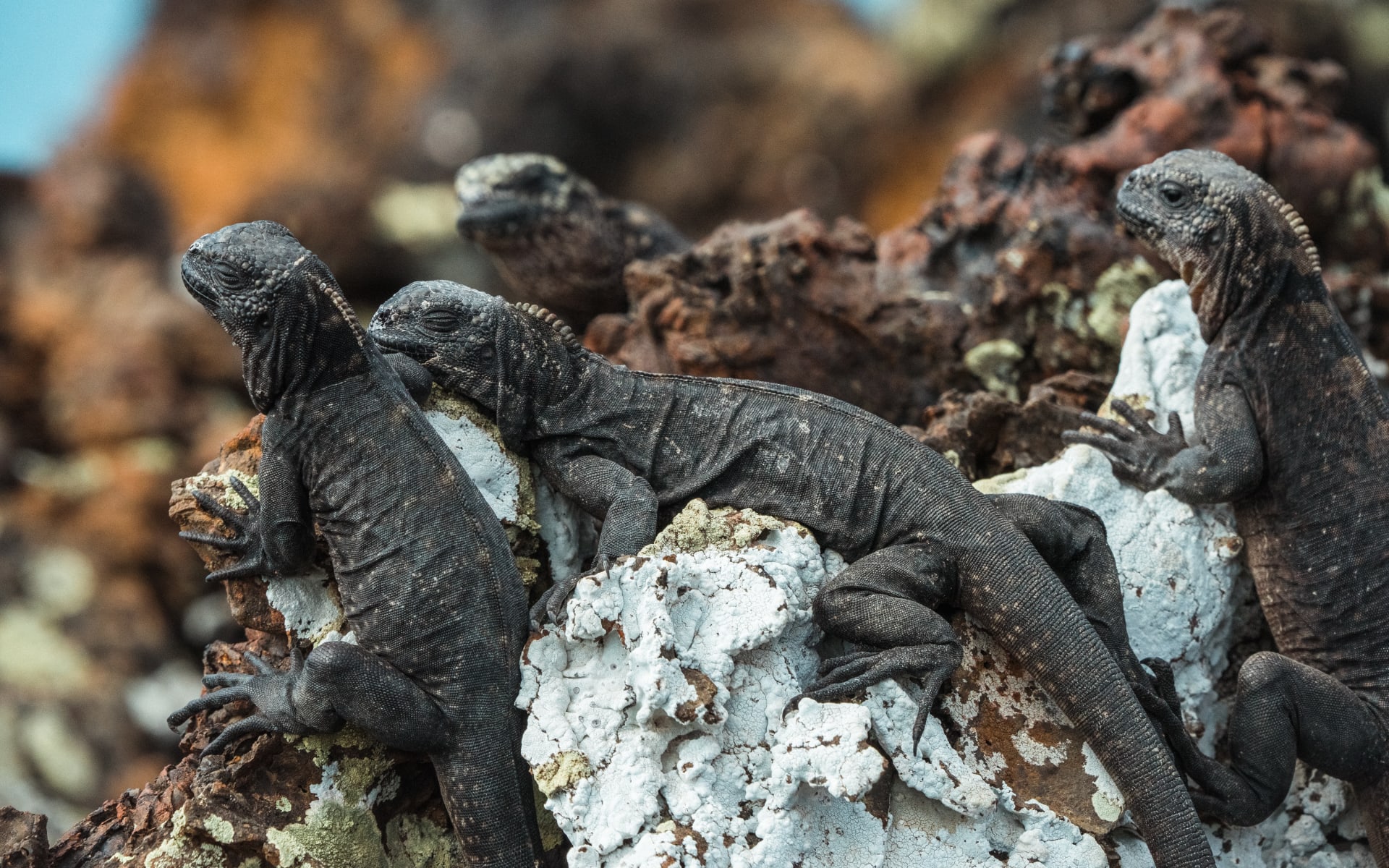
Ecuador Wildlife Tour
Interact with the world's most unique species, experience the Amazon by houseboat and the Galápagos ...
Discover MoreWhen to go to Ecuadorian Amazonia
In the Ecuadorian Amazonia, the climate never undergoes drastic changes throughout the year. Rain is frequent and temperatures range from 26ºC to 35ºC, the climate will be warm and humid whenever you choose two visit.
There are two main seasons: the dry season from July to late February, and the wet season from March to June. Perks of visiting the dry season is that at this time of year water levels are lower, attracting animals such as cayman on the river banks, nesting birds and species feeding off the abundance of fish in shallow waters. Alternatively, if you want to experience the rainforest in full bloom and meander through smaller channels by canoe then the wet season is preferable. Many plants fruit and flower during the annual downpour, attracting birds and primates to the canopies at the water's edge.
Expect scattered showers almost every day in the rainforest, but be it rain or shine there’s plenty of wildlife to discover year round.
WEATHER CHART:
- Excellent
- Good
- Poor
Need to chat?
Find out more and tailor your perfect trip with the help of our specialist team
Enquire OnlineWhere to stay in Ecuadorian Amazonia
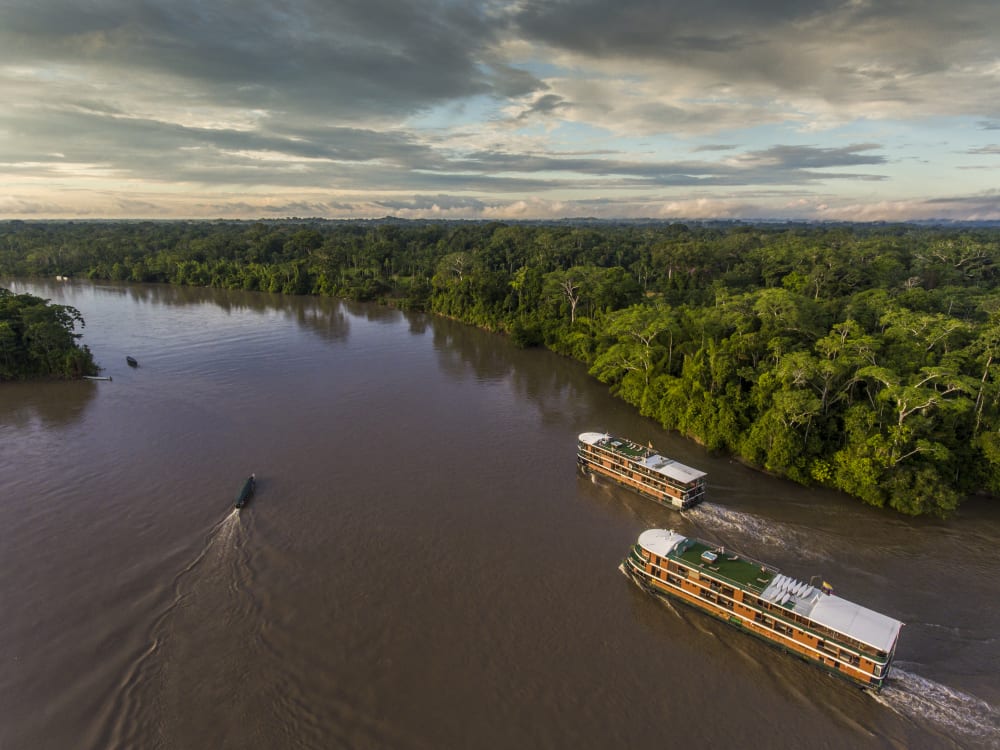
Anakonda Amazon Cruises
Access deeper parts of Ecuador’s Amazon, uncover wildlife and cultures seen by only the few, and go ...
Discover MoreMore Ecuador travel inspiration from Wayfairer customers and travel specialists
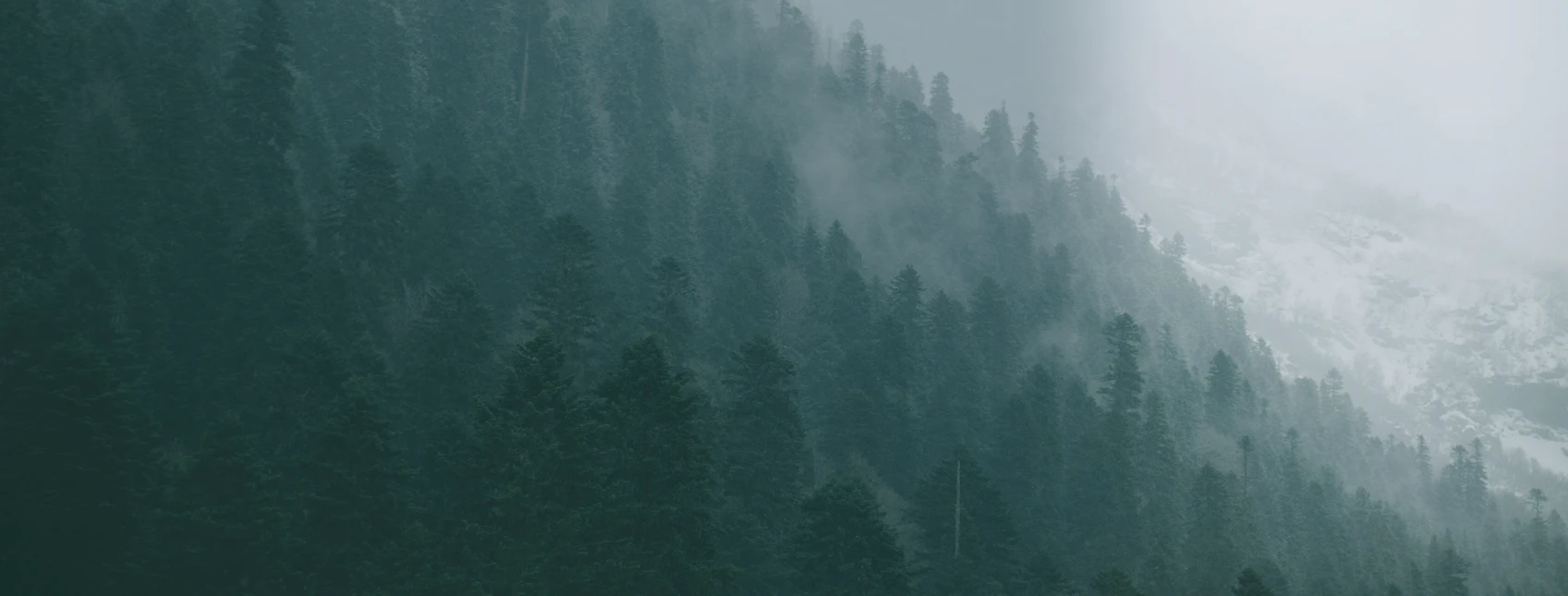
Sign up to our newsletter
For more travel inspiration delivered straight to your inbox just fill in your details here
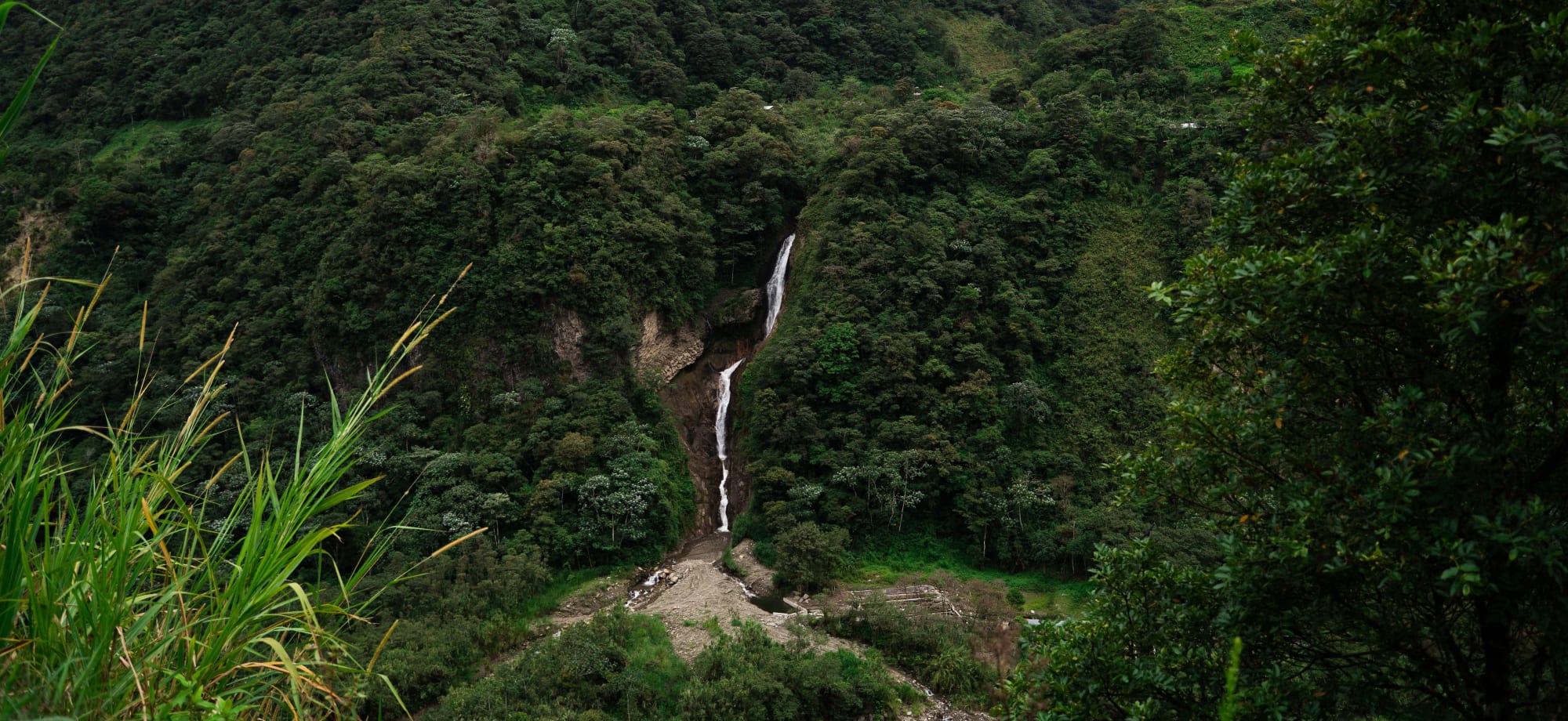
Start planning your luxury Ecuador holiday today
We're looking forward to hearing from you


